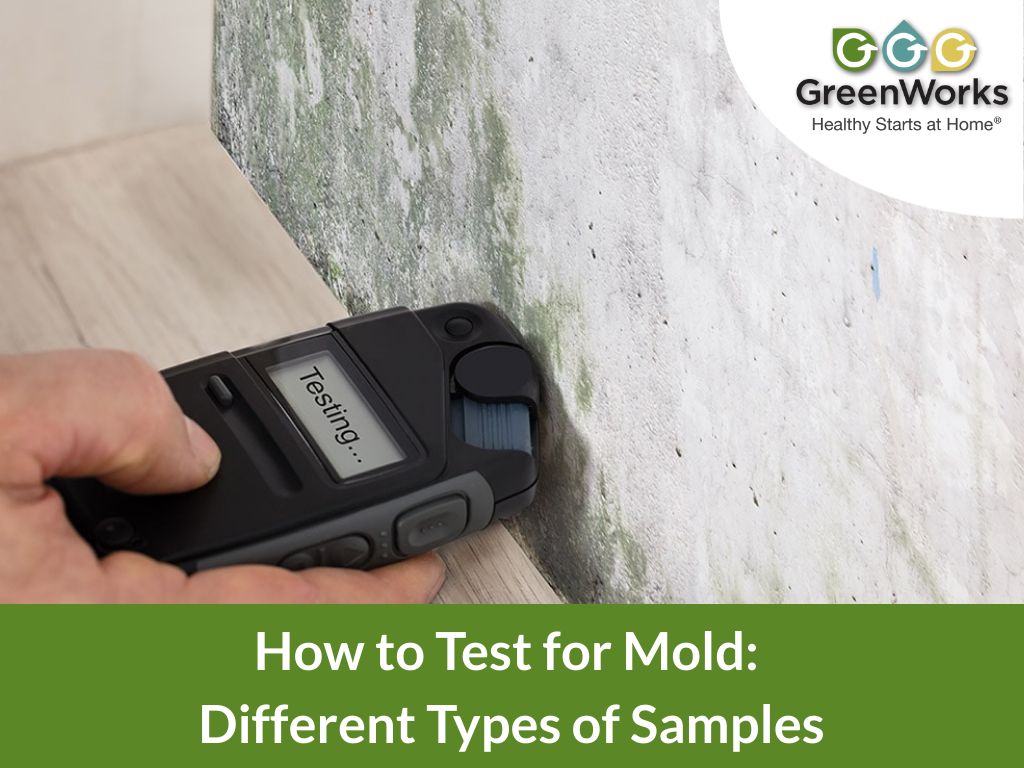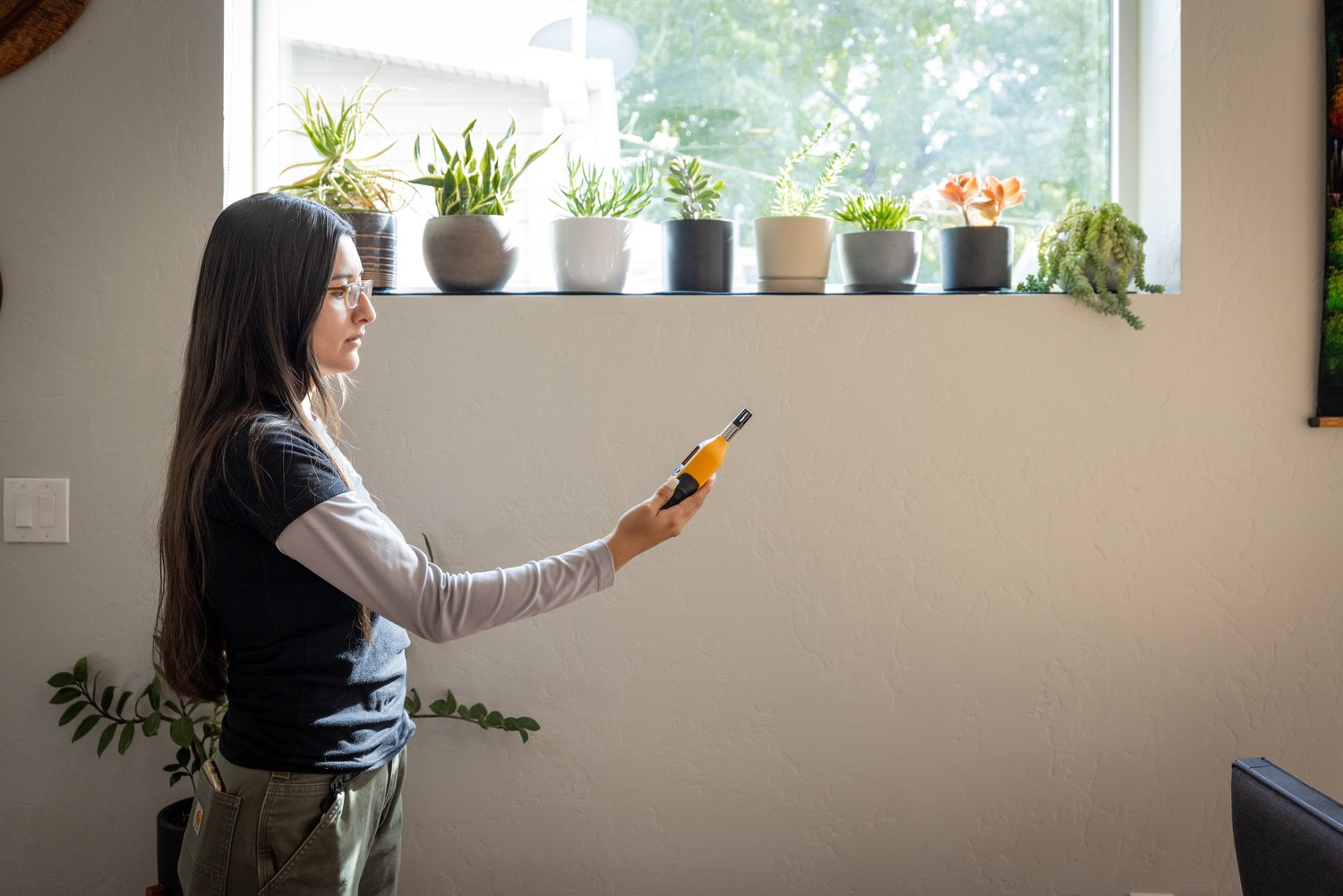Ensuring Compliance With Rules: the Function of Mycotoxin Checking in Top Quality Control
Guaranteeing conformity with rigorous laws is extremely important for preserving food safety and security, and the role of mycotoxin testing in top quality control can not be overstated. Mycotoxins, hazardous compounds generated by certain molds, posture considerable health and wellness threats, making their discovery crucial in food production.
Comprehending Mycotoxins
Recognizing mycotoxins is basic to making certain the quality and safety of farming products. The most infamous mycotoxins consist of aflatoxins, trichothecenes, fumonisins, and ochratoxins, each linked with particular environmental conditions and fungal species.
The existence of mycotoxins in food can lead to severe and chronic health issues, including liver damage, immune suppression, and carcinogenic results. Subsequently, their detection and quantification are important parts of quality assurance in farming and food industries. The complexity of mycotoxin contamination demands a diverse method, utilizing advanced analytical strategies such as fluid chromatography, mass spectrometry, and enzyme-linked immunosorbent assays (ELISA) By recognizing the sources, kinds, and impacts of mycotoxins, stakeholders in the agricultural industry can much better apply preventative procedures and reduce risks, guaranteeing safer usage for end-users. This understanding creates the bedrock upon which effective mycotoxin management techniques are built.
Regulatory Criteria for Mycotoxins
Having established a foundational understanding of mycotoxins and their effect on food safety and security, it is critical to examine the governing standards governing their presence in agricultural items. Governing requirements for mycotoxins are crucial because they specify allowable limits, ensuring food security and shielding public health and wellness. Numerous international and national firms have actually established these restrictions based upon extensive danger assessments.
The Codex Alimentarius Commission, a global body established by the FAO and WHO, provides standards and maximum allowed levels for various mycotoxins in food and feed. For circumstances, the Codex has set limits for aflatoxins in peanuts, maize, and dried out figs, to name a few assets. These criteria are usually embraced or adjusted by individual countries to fit their particular needs.
In the European Union, Law (EC) No 1881/2006 stipulates maximum levels for numerous mycotoxins, such as aflatoxins, ochratoxin A, and deoxynivalenol, in various food products. The United State Food and Drug Administration (FDA) has developed activity degrees for mycotoxins like aflatoxins in products such as nuts and grains.
Adherence to these regulatory standards is crucial for preserving market access, customer trust fund, and public wellness. Non-compliance can bring about significant economic losses and wellness dangers, highlighting the importance of stringent mycotoxin screening methods.
Testing Methods and Technologies

ELISA is commonly appreciated for its rapid and affordable screening abilities, making it optimal for high-throughput atmospheres. Web Site It counts on antibodies to identify specific mycotoxins, offering outcomes in a relatively brief time frame. Nevertheless, its sensitivity might be restricted compared to more advanced techniques.
HPLC, on the other hand, excels in providing quantitative analysis with high precision and accuracy. It separates complex blends into individual components, making it extremely reliable for recognizing and quantifying numerous mycotoxins at the same time - Mycotoxin testing Services. This technique, while more lengthy and resource-intensive than ELISA, supplies a higher degree of reliability

LC-MS represents the peak of analytical uniqueness and sensitivity. Incorporating the separation power of liquid chromatography with the discovery capacities of mass spectrometry, LC-MS can discover even trace degrees of mycotoxins. This method is crucial for validating the visibility of mycotoxins in forensic and regulatory contexts, ensuring conformity with rigid safety requirements.
Executing Evaluating Protocols

Incorporating these advanced testing approaches right into an extensive quality assurance structure demands a well-structured approach to executing testing protocols. To attain this, organizations should initially conduct a complete risk analysis website link to identify possible mycotoxin contamination points within the supply chain. This evaluation informs the development of a customized screening approach that resolves details vulnerabilities.
Next, developing standardized tasting treatments is vital. Constant tasting ensures that examination outcomes are dependable and rep of the whole batch (Mycotoxin testing Services). Complying with standards from governing bodies, such as the FDA or EFSA, helps preserve compliance and boosts the trustworthiness of the screening procedure
Educating workers is an additional critical component. Team must be proficient in both example collection and the procedure of screening equipment. Routine training sessions and accreditation programs can make certain that group members stay upgraded with the most recent strategies and regulatory adjustments.
Advantages of Mycotoxin Examining
Mycotoxin testing uses numerous advantages that substantially enhance the security and high quality of food and feed products. Mainly, it serves as an important control step to avoid contaminated products from reaching the consumer market, consequently securing public wellness. By identifying and quantifying mycotoxins such as aflatoxins, fumonisins, and ochratoxins, manufacturers can guarantee that their items fulfill strict regulative standards, therefore staying clear of prospective lawful effects and connected expenses.
Furthermore, mycotoxin screening contributes to the economic stability of food and feed industries by minimizing the risk of massive item recalls. The capacity to separate and identify contaminated sets early in the manufacturing process lowers waste and protects against the monetary losses related to broken brand track record. It promotes consumer depend on and commitment, as clients are over here progressively mindful of food safety and security concerns and demand greater quality requirements.
The application of regular mycotoxin testing additionally promotes best practices within agricultural and production fields. By adhering to strenuous screening procedures, business can maximize their quality assurance processes, improve functional performance, and guarantee the constant production of risk-free, premium items. In verdict, the benefits of mycotoxin testing are complex, adding to public health and wellness, financial security, and industry honesty.
Conclusion
Mycotoxin screening is critical in guaranteeing compliance with regulatory requirements, thus preserving food safety and top quality control. Hence, mycotoxin screening remains a crucial element of modern-day food safety and security monitoring systems.
Making certain compliance with stringent guidelines is vital for preserving food safety, and the function of mycotoxin screening in top quality control can not be overemphasized.In the realm of mycotoxin testing, advanced approaches and innovations are pivotal in making sure food safety and regulative compliance.Mycotoxin screening supplies various advantages that considerably improve the security and high quality of food and feed products.Mycotoxin screening is essential in ensuring conformity with governing criteria, thus keeping food security and top quality control. Hence, mycotoxin screening remains a vital part of modern-day food security administration systems.